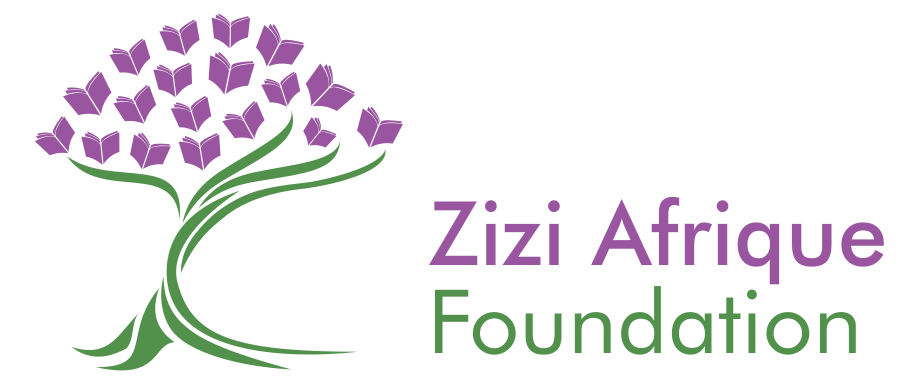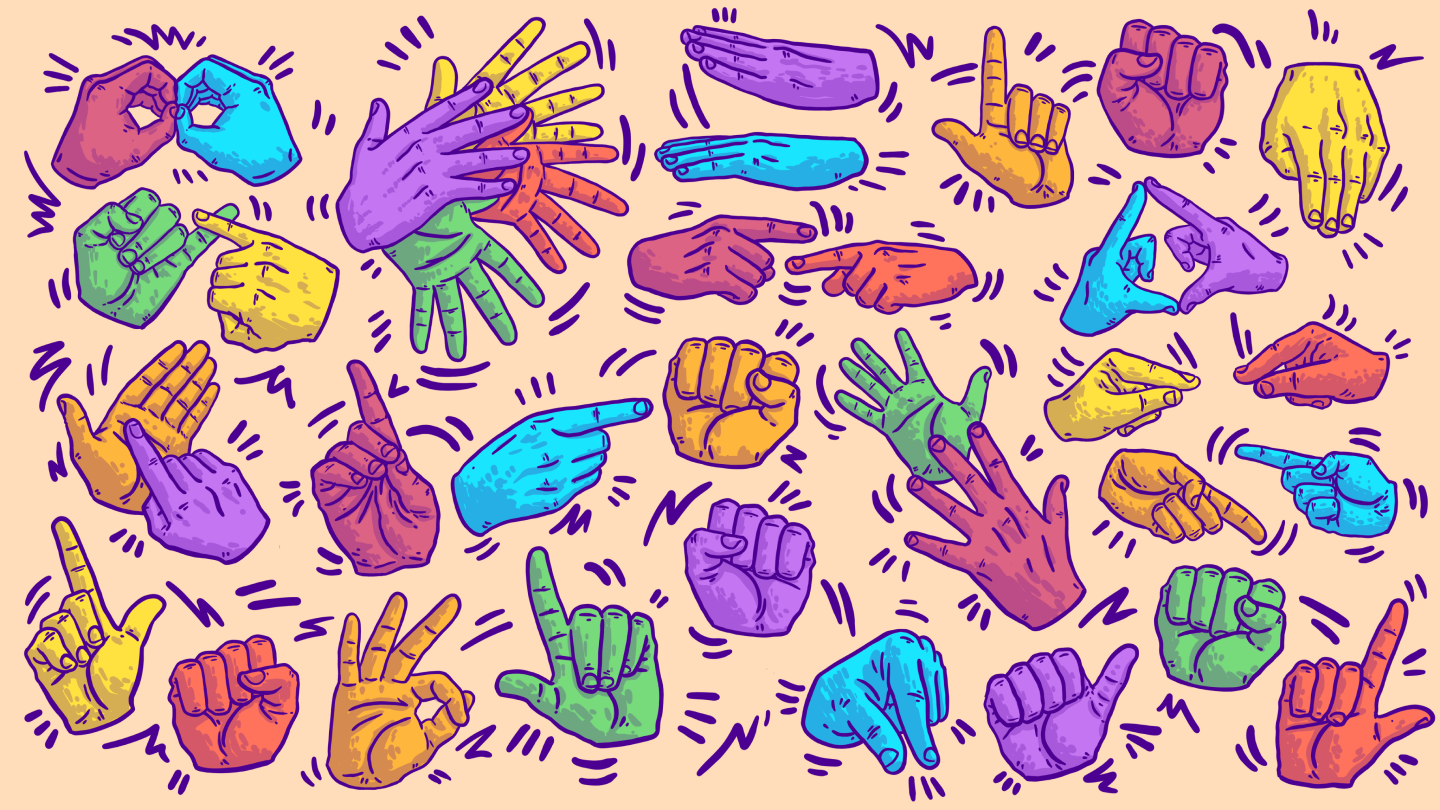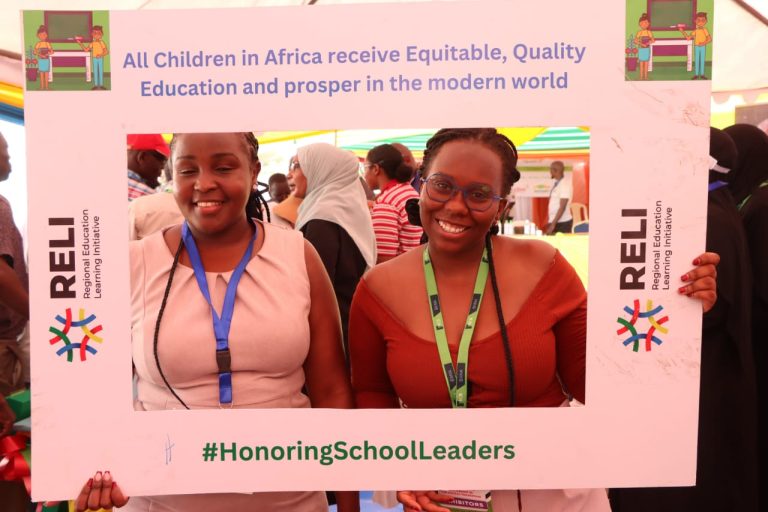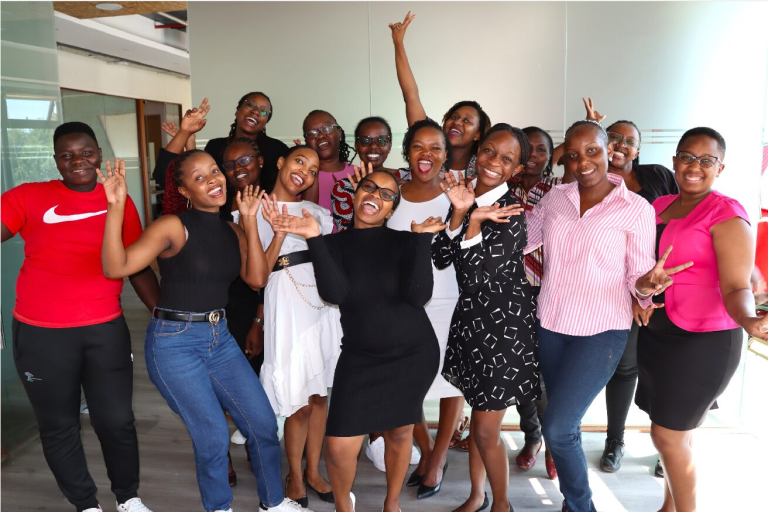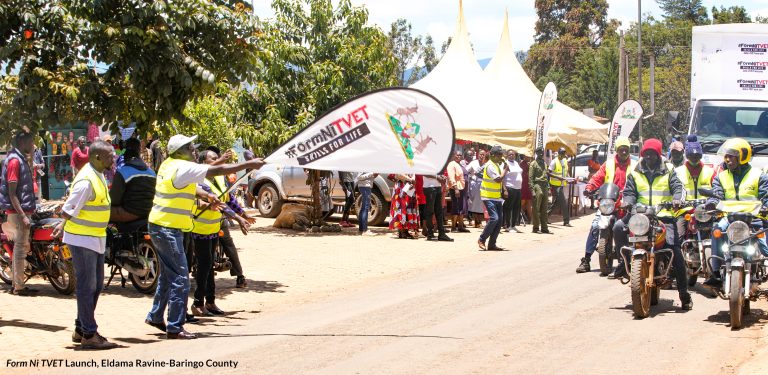As the world celebrates International Sign Language Day on September 23rd, we honor the unique languages of the deaf community. In Kenya, we are left with an uncomfortable question: Are we truly able to celebrate Kenya Sign Language (KSL), or are we merely glossing over deep-rooted issues? Kenya is over 60 years old, yet the conversation surrounding Kenya Sign Language is still in its infancy. While progress has been made in raising awareness of the language, there are glaring gaps in accessibility, education, and policy implementation. So, is celebrating KSL worth our time? Let us dive into this complex issue.
A Growing Conversation on Kenya Sign Language
On the recent episode of JKL aired on September 18, 2024, I watched as deaf professionals took the stage, engaging in lively discussions about their education journey, career inspiration, livelihoods, and advocacy for the deaf community. Jeff Koinange may have referred to the setting as a “silent bench,” but to me, it was anything but silent. The energy, enthusiasm, and passion radiating from the panelists made it clear that the deaf community is far from quiet. The so-called “silent bench” was alive with voices—voices expressed through hands, faces, and body language.
The conversation was loud with positivity and radiance, it was a bench with a positive vibe quite devoid of stereo-typical references that accompany most disability discourses. I stayed glued to my seat, lost in the conversation, happy about the great mix of children brought up in “silent houses”, of a parent of a deaf child and young deaf professionals. I knew all this prominence to the deaf community was a build-up to the celebrations of International Sign Language Day. Despite the captivating and vibrant display, an undeniable feeling of unease lingered within me. I questioned whether our country has done enough to truly celebrate KSL.
The Harsh Reality
The Constitution of Kenya acknowledges Kenya Sign Language as part of its linguistic diversity. Chapter 2, Article 7(b), emphasizes the promotion of KSL alongside other indigenous languages. However, Kenya Sign Language, like many indigenous languages, has often been relegated to the background. Despite three parliamentary terms in which a Kenya Sign Language Bill has been tabled, it remains a private member’s bill, never making its way into law.
Moreover, our education system is failing deaf children and youth. Most of the young deaf trainees and students rely heavily on their peers or scarce resources such as limited libraries to acquire knowledge. Many professionals, especially those in education, still lack competence in KSL. How can we claim to celebrate when young deaf learners and trainees face an education system that does not cater to their needs? It is telling that the only “A” they often score is in Kenya Sign Language—because the rest of the curriculum is not delivered in a medium, they can fully understand. The truth is, we are not yet equipped nor ready as a nation to fully honour this language. A few organizations such as Zizi Afrique Foundation, works to support the acquisition of foundational skills for children furthest behind including those living with special needs, but much more remains to be done to actualize the dream of an inclusive and quality education. And legislation around Sign Language can go a long way in realizing this dream.
We will surely celebrate; the day we will have a Kenya Sign Language Act-the day learning for deaf children and youth will be in Kenya Sign Language and KNEC will offer exams in the same medium. We will surely address the mass failure seen in the scorecards of our colleagues that are always accompanied by the one “A” in Kenya Sign Language. Then and only then, shall there be a party.
